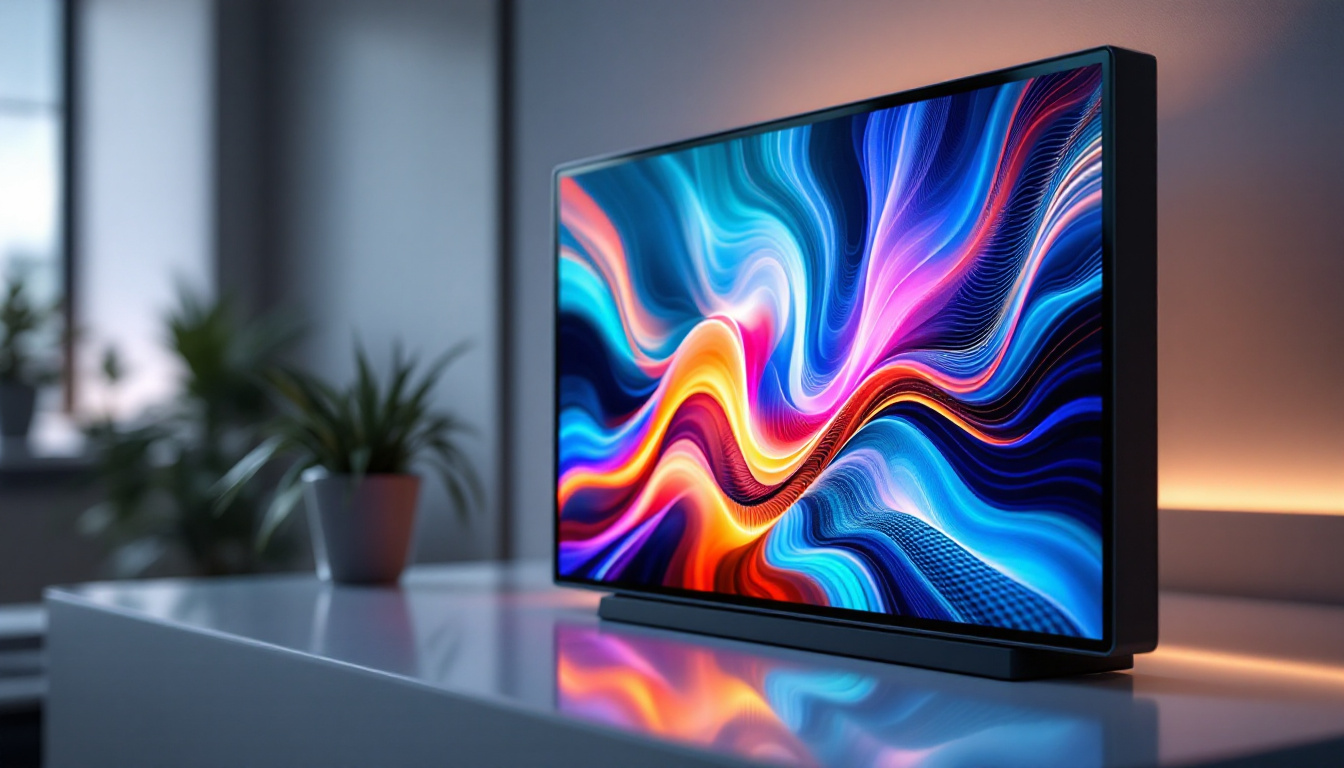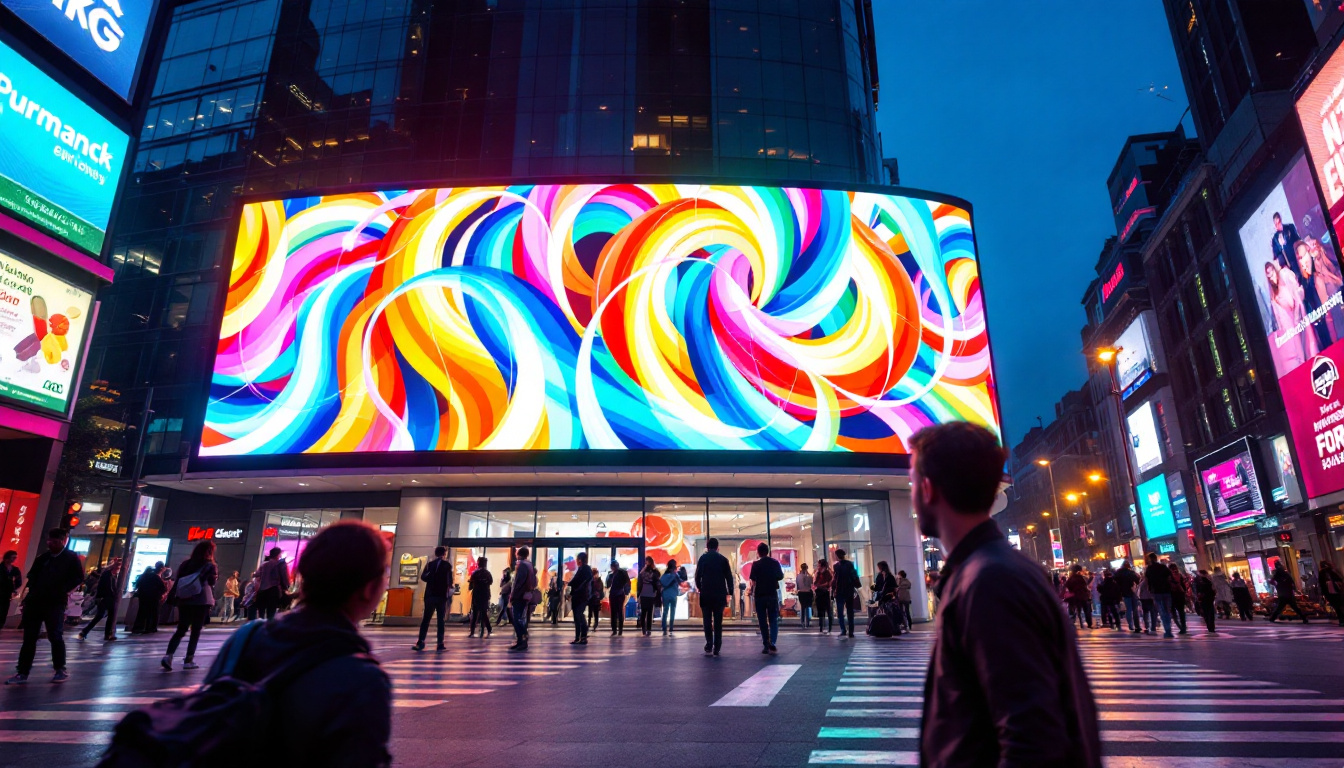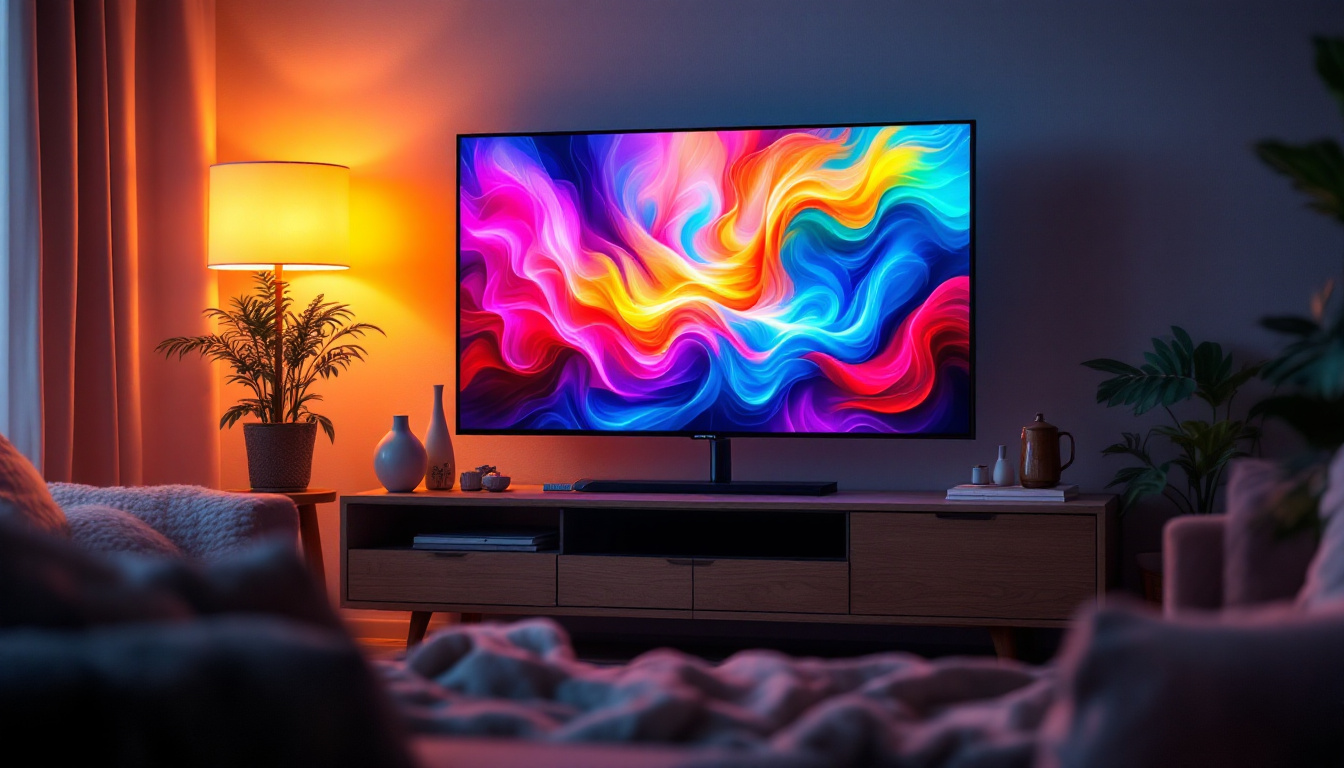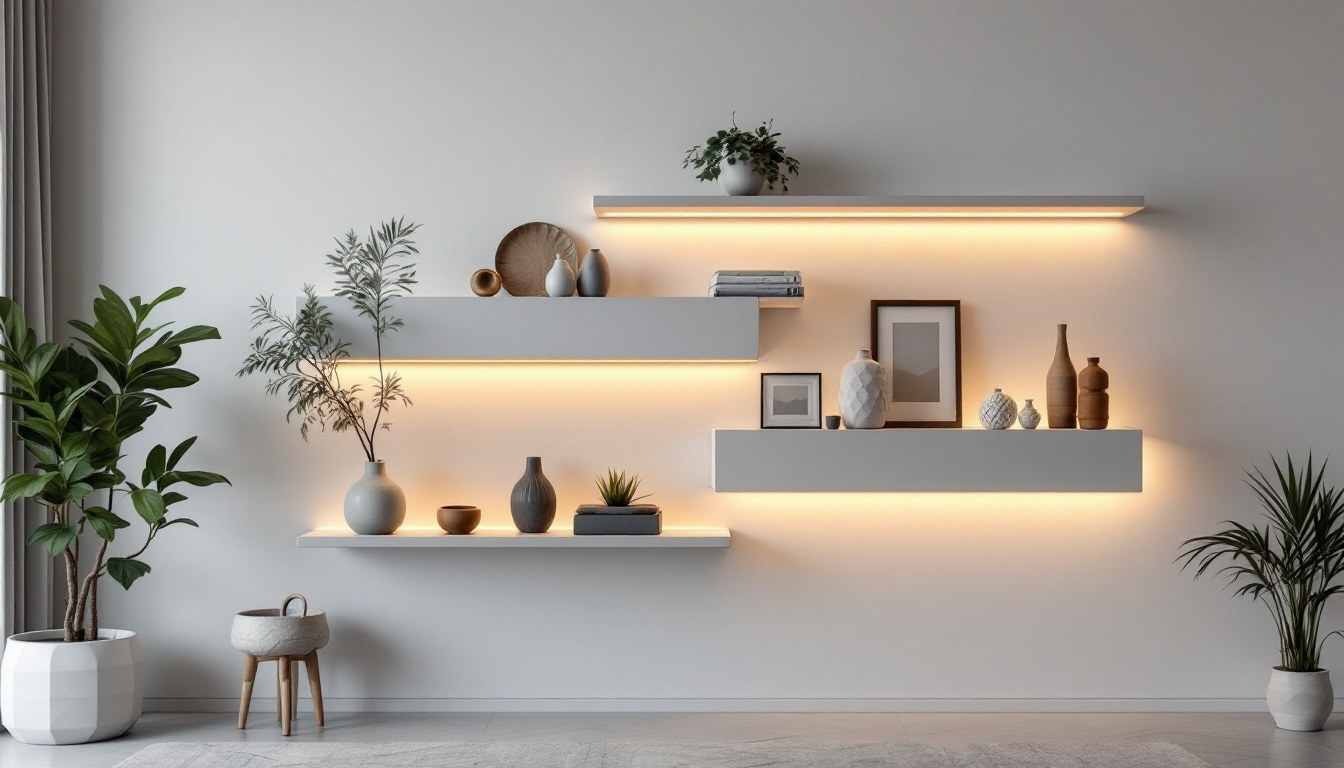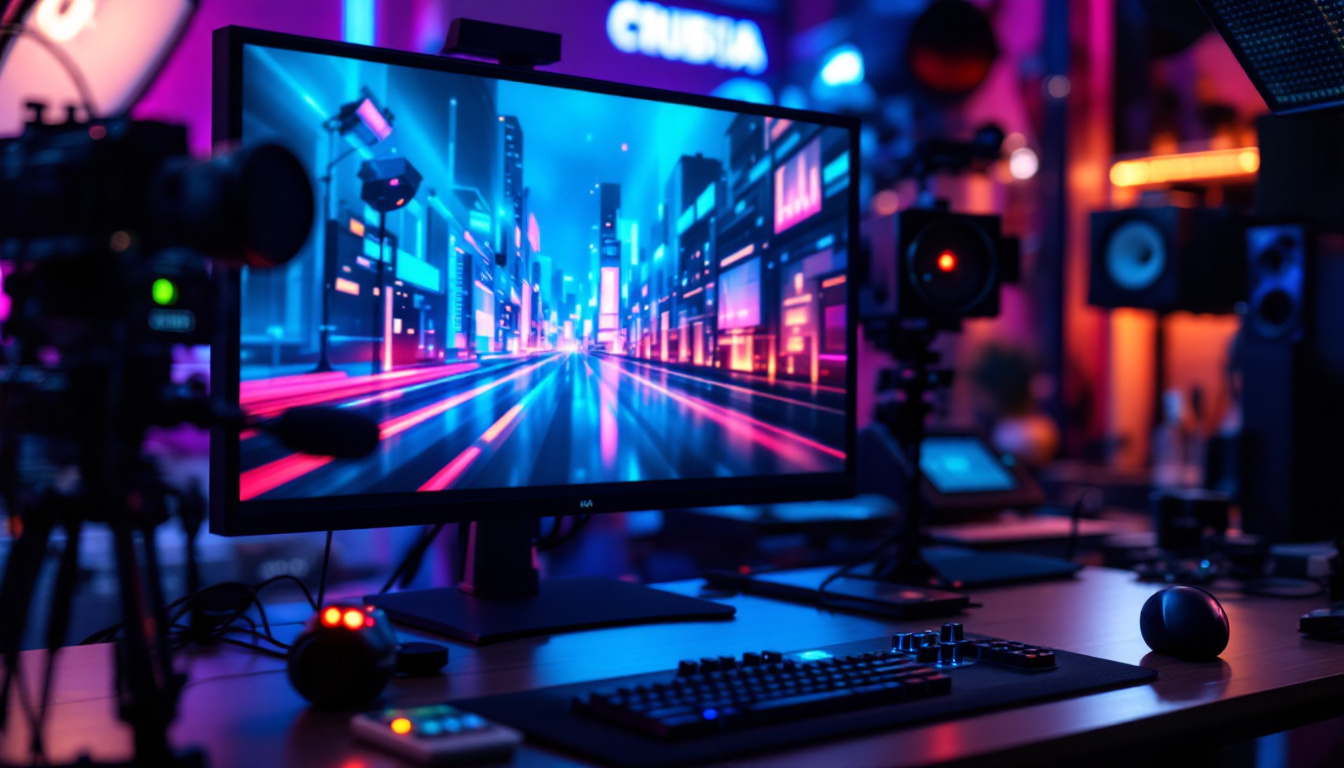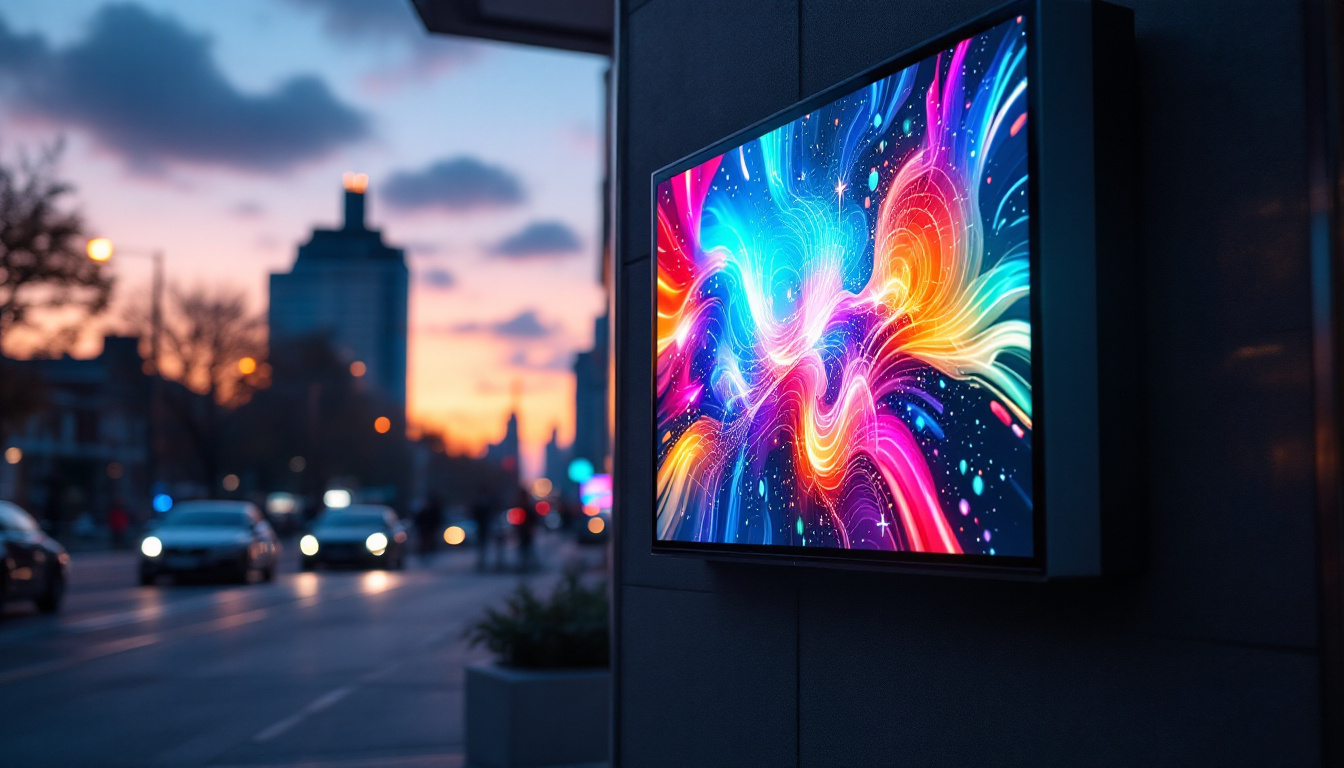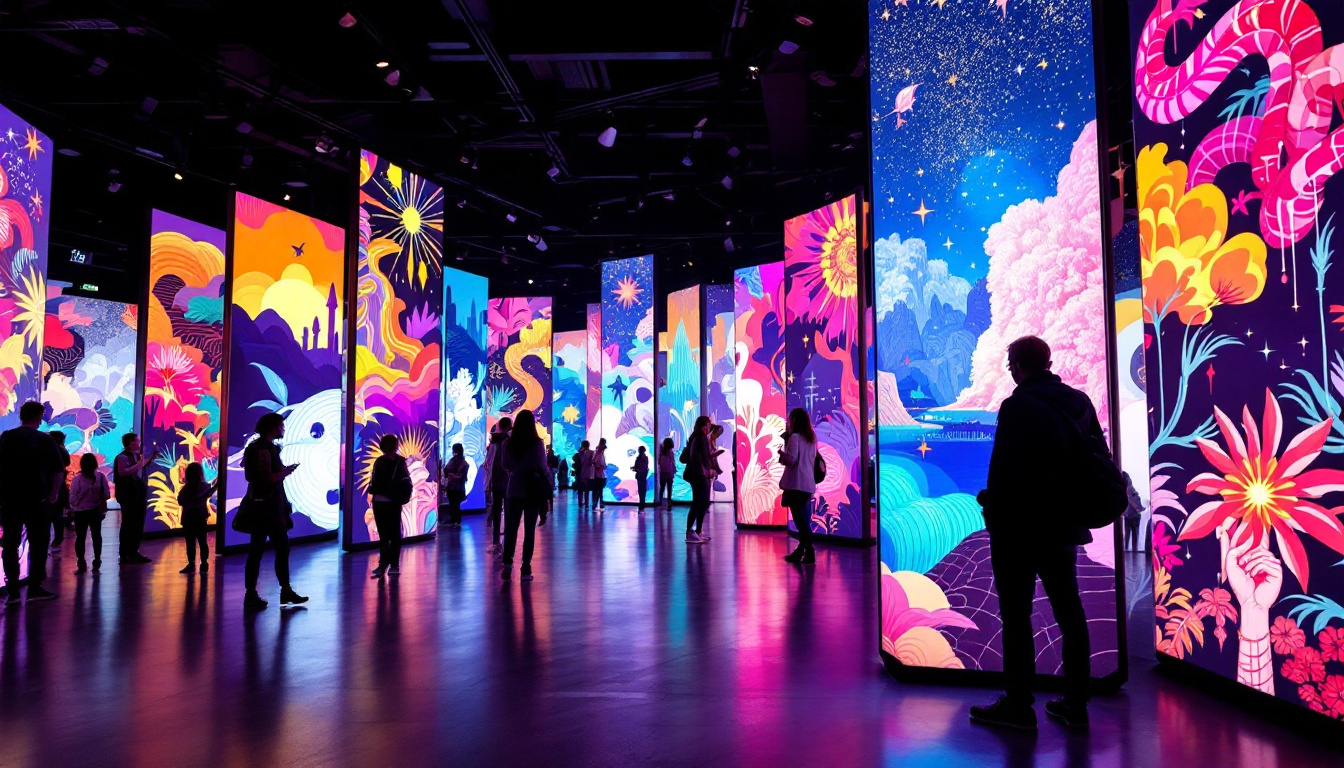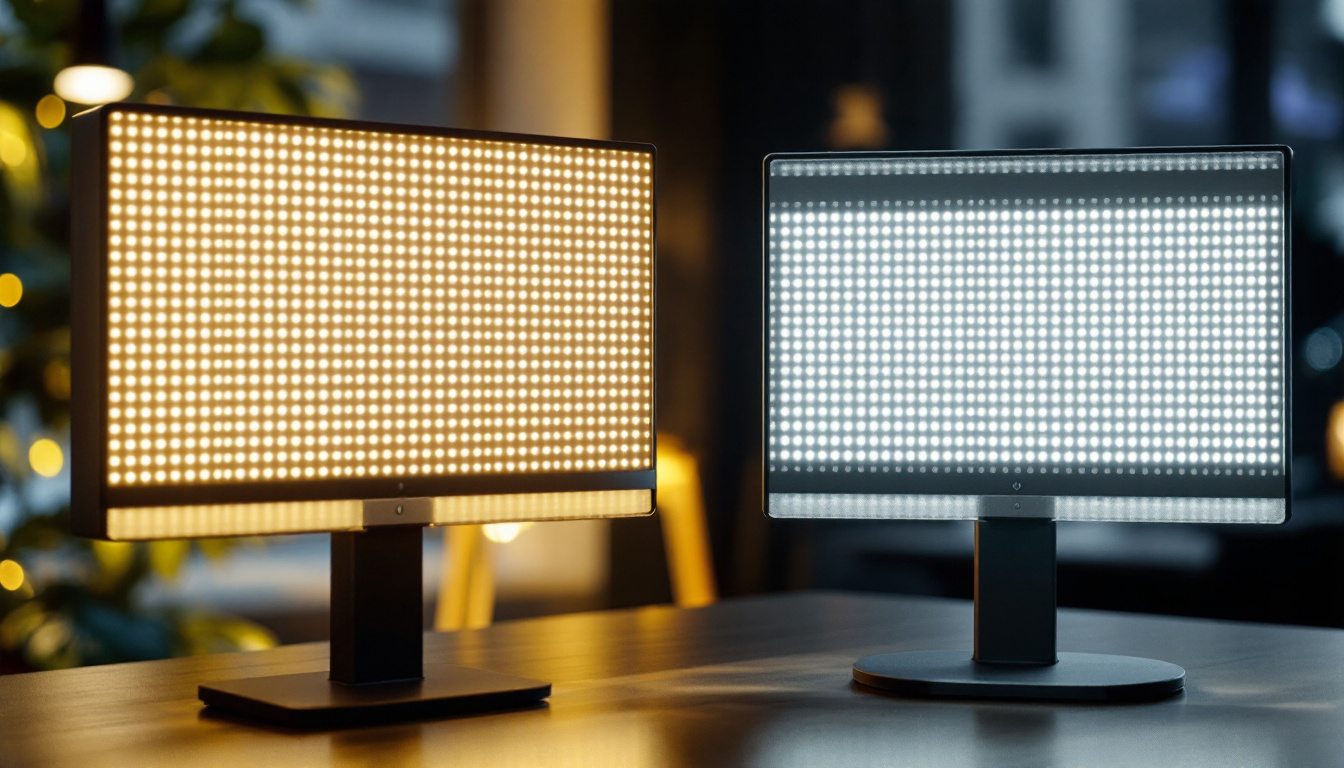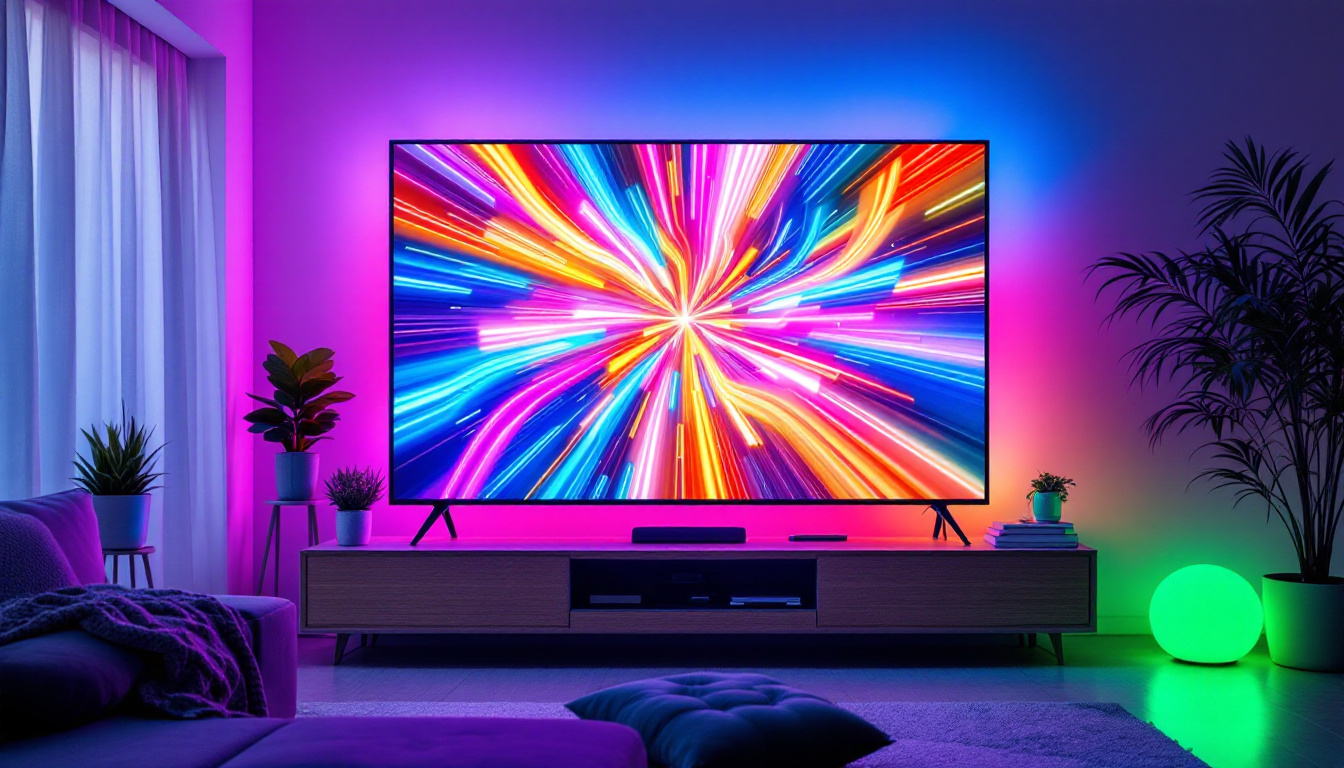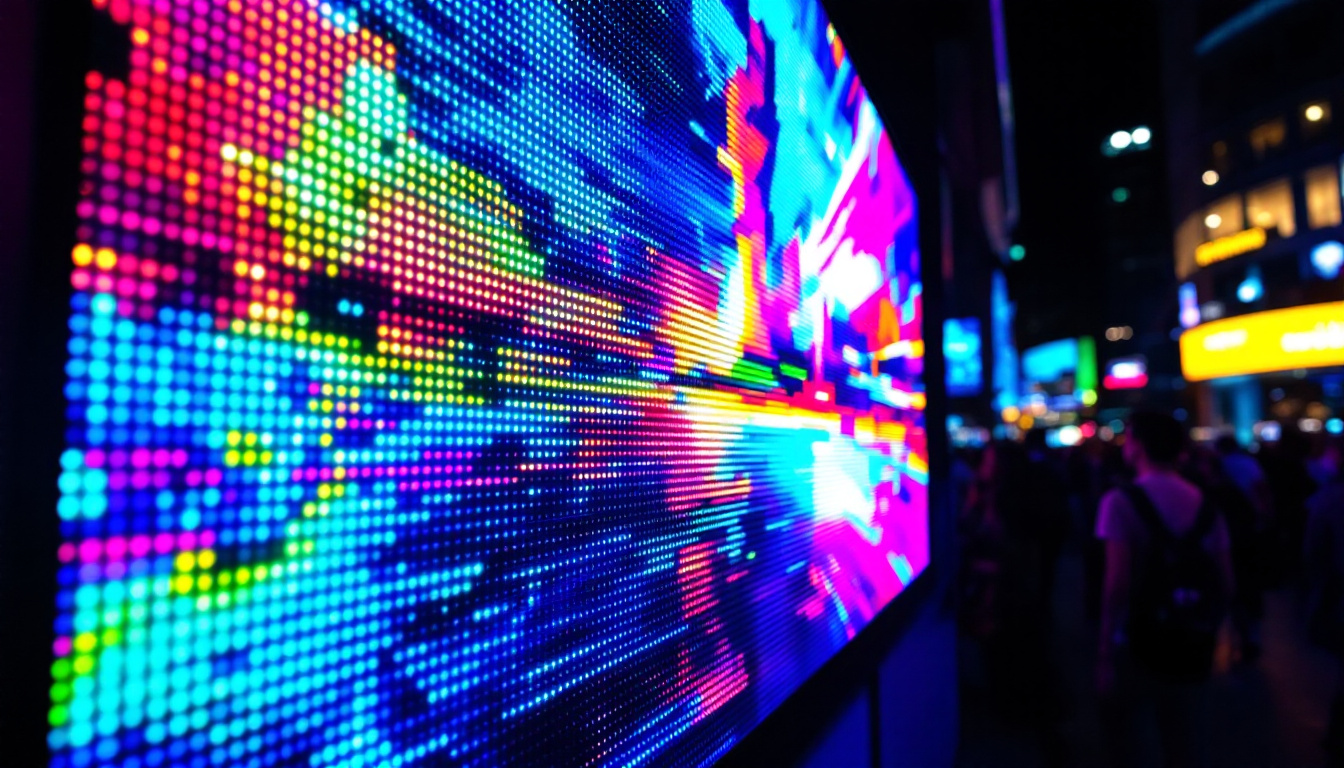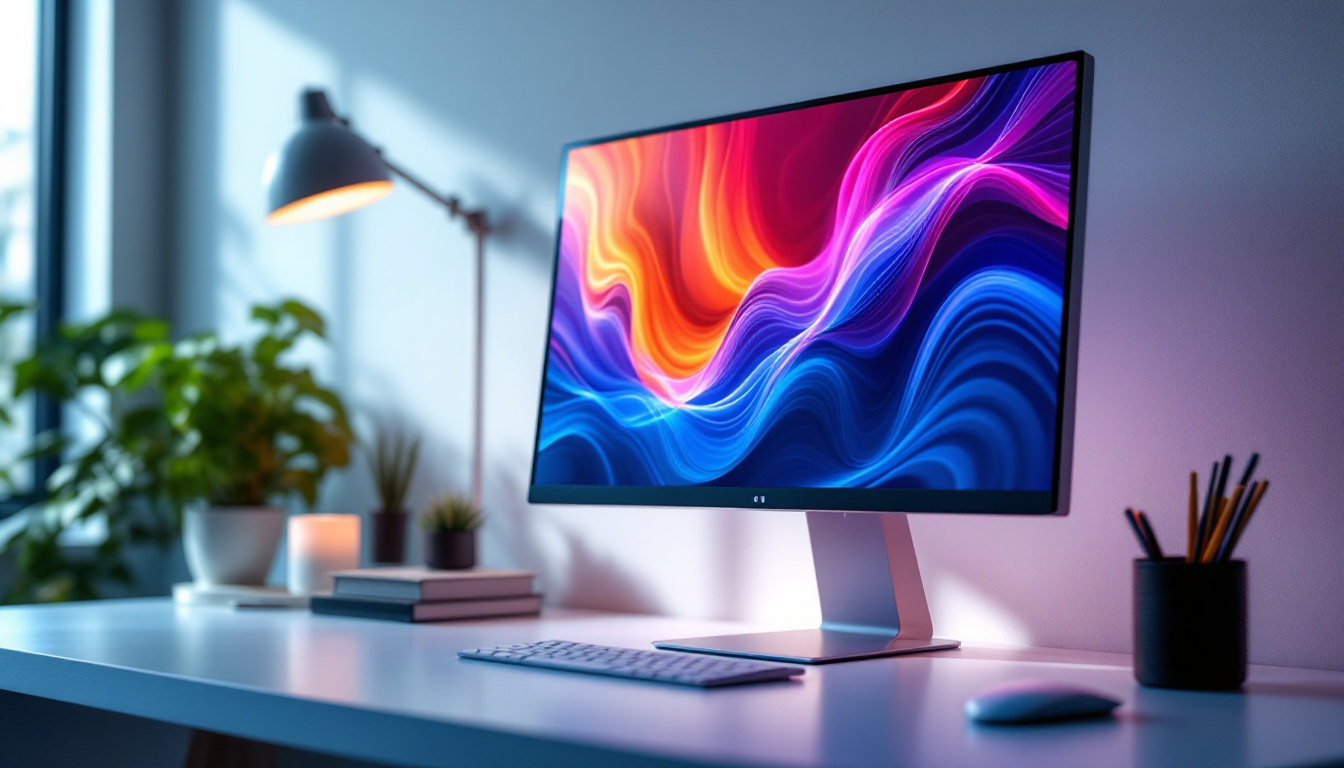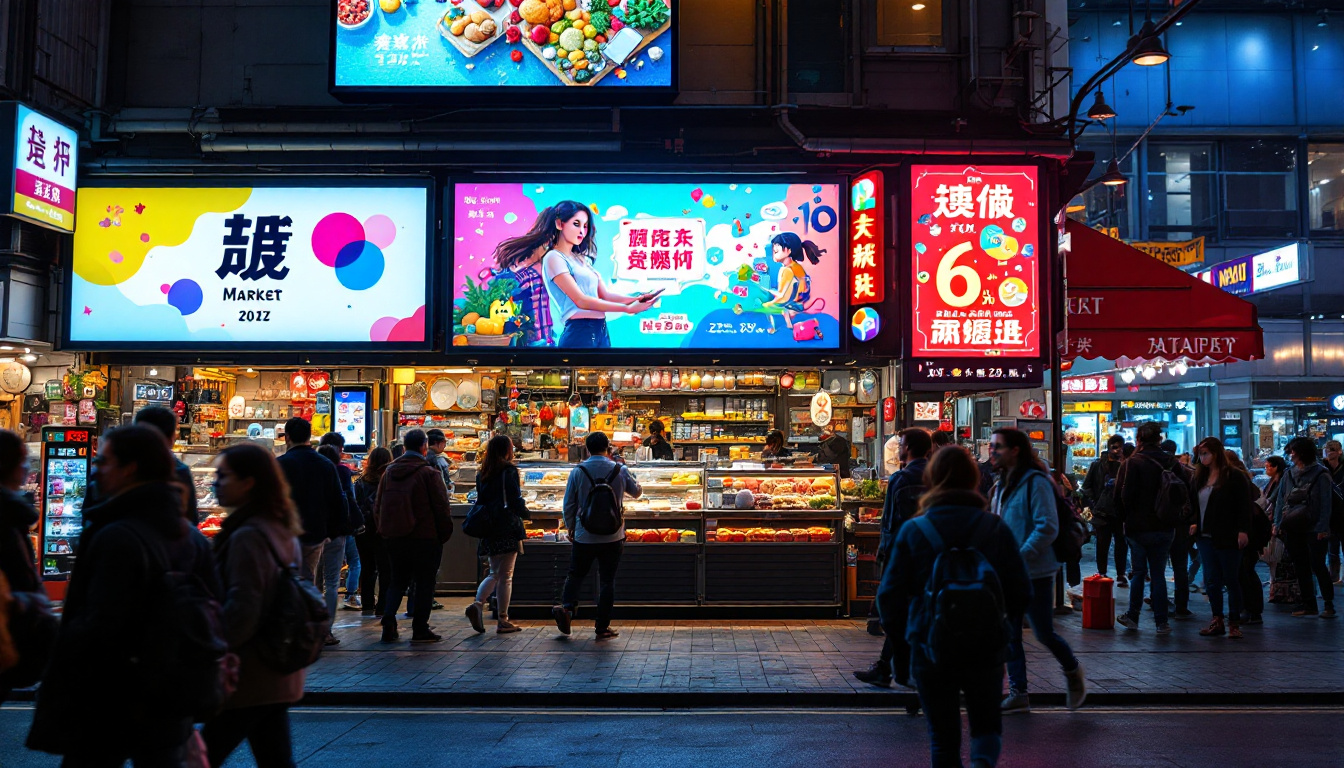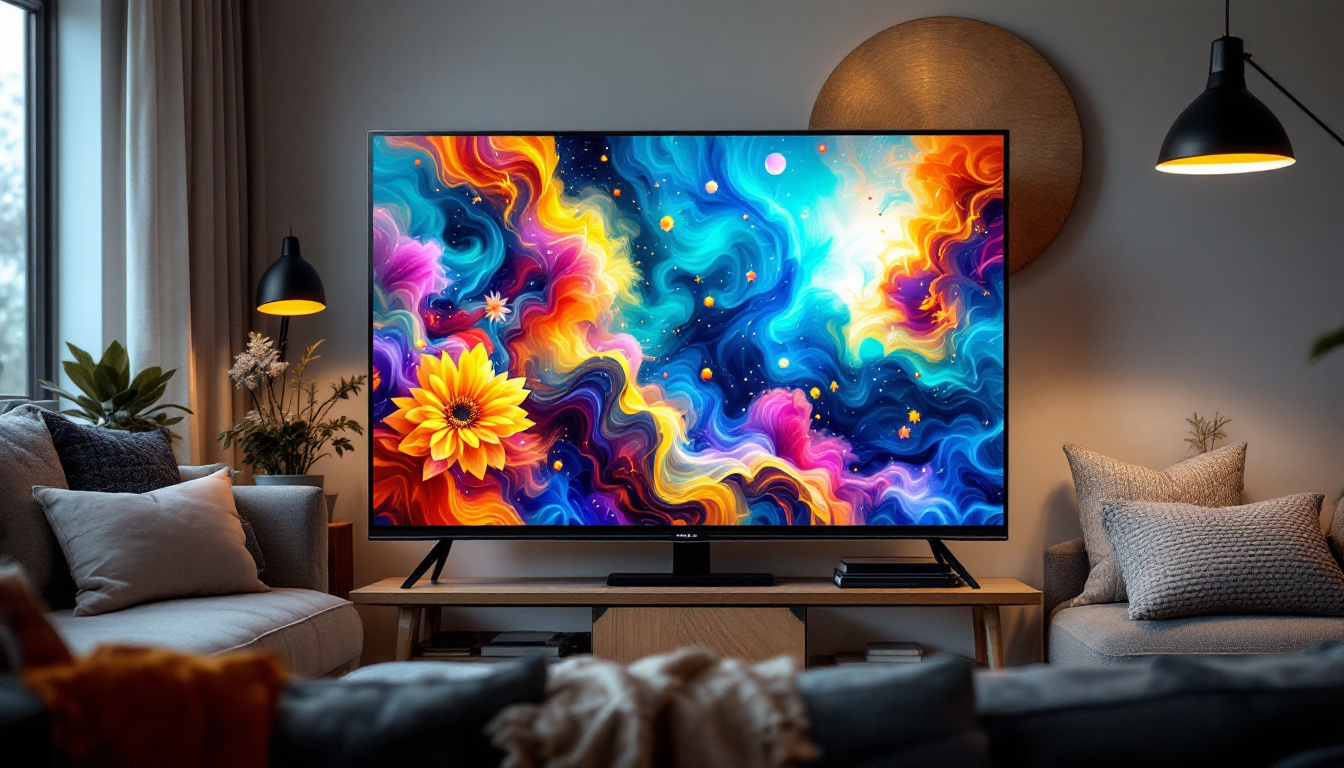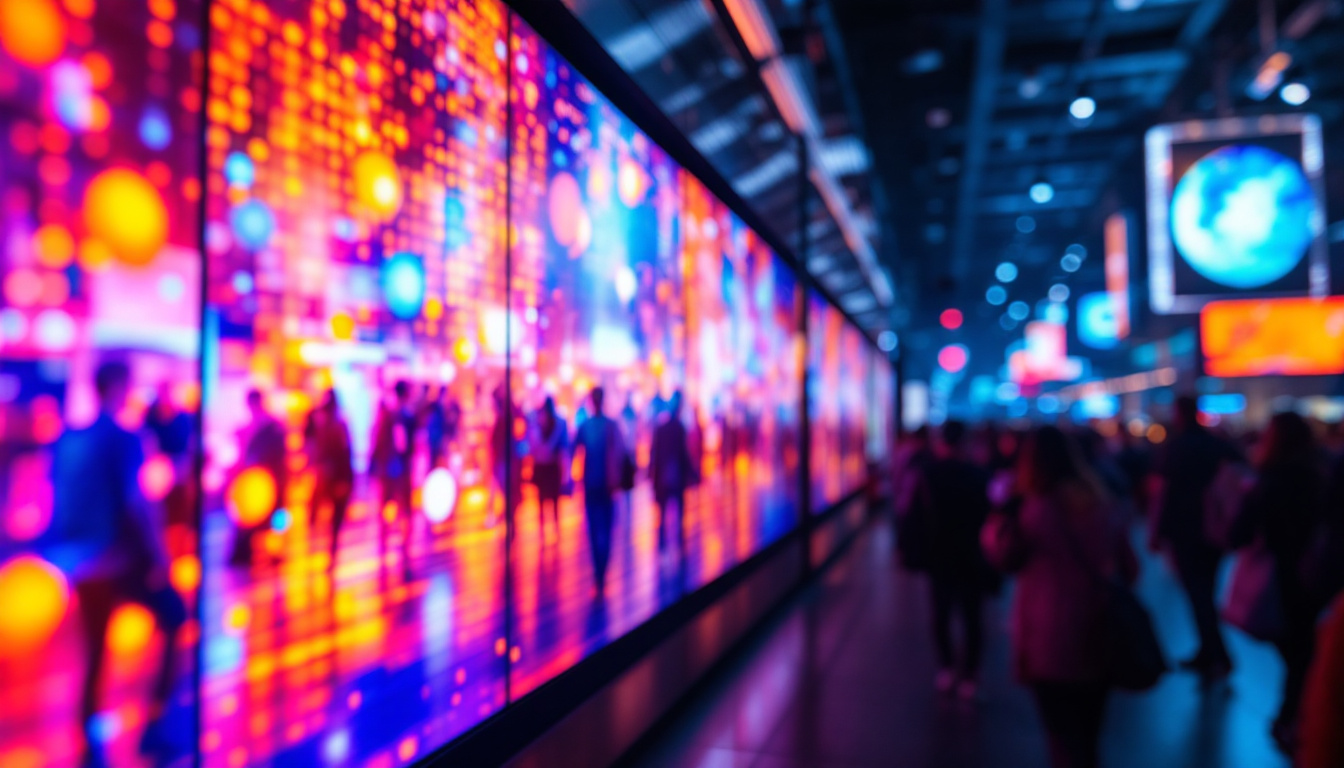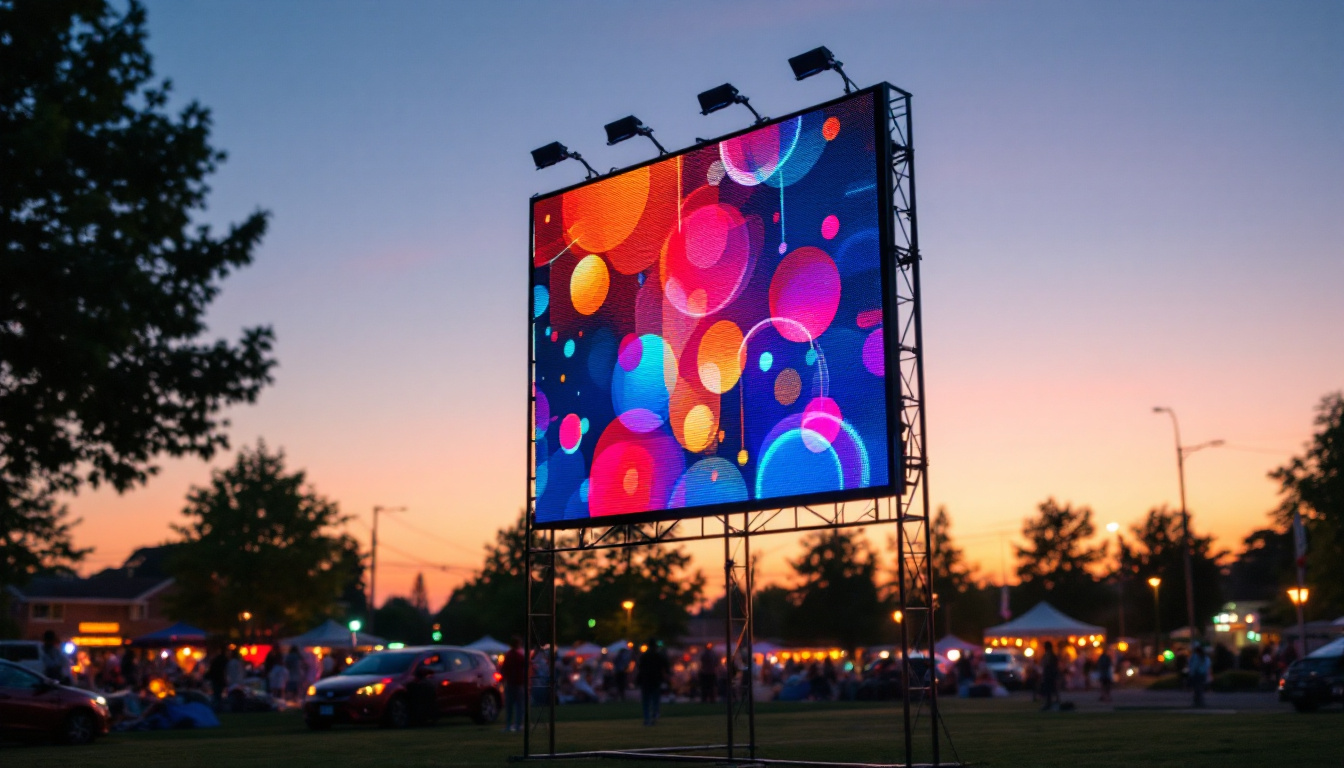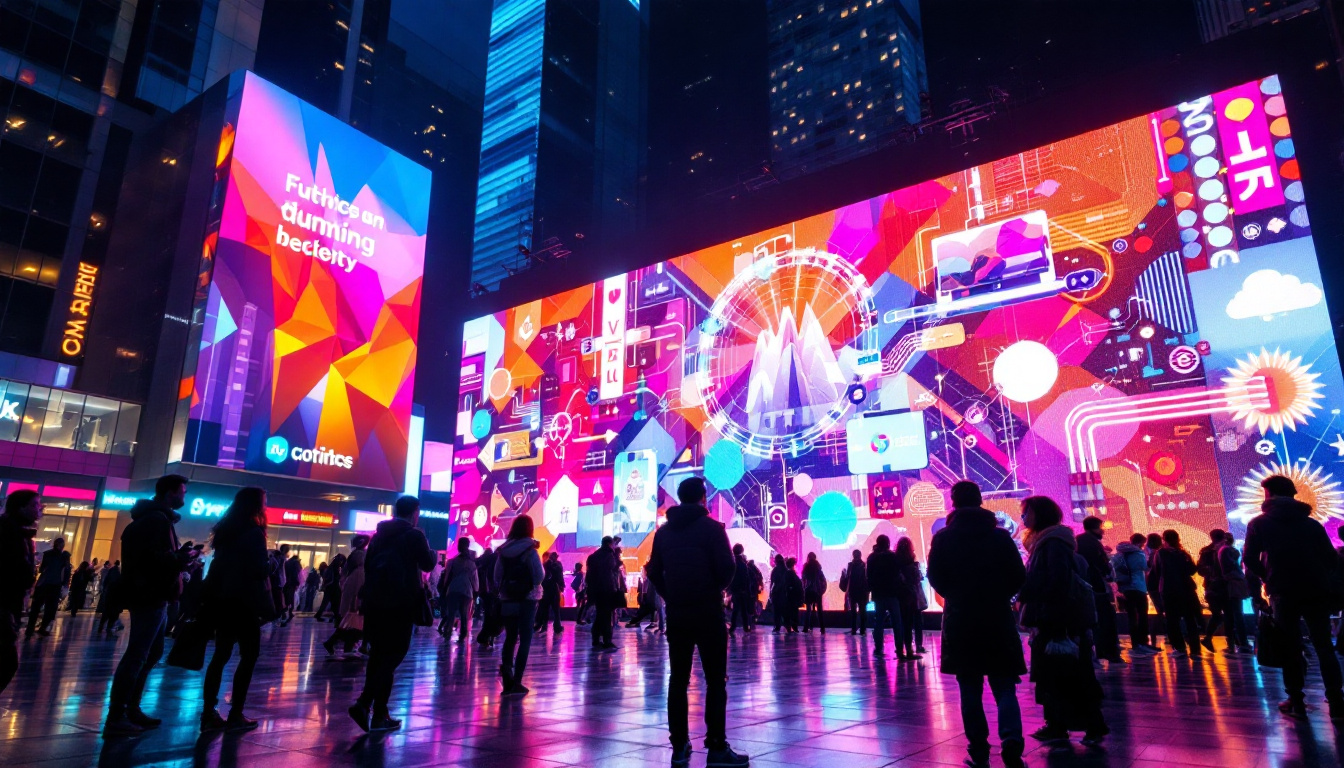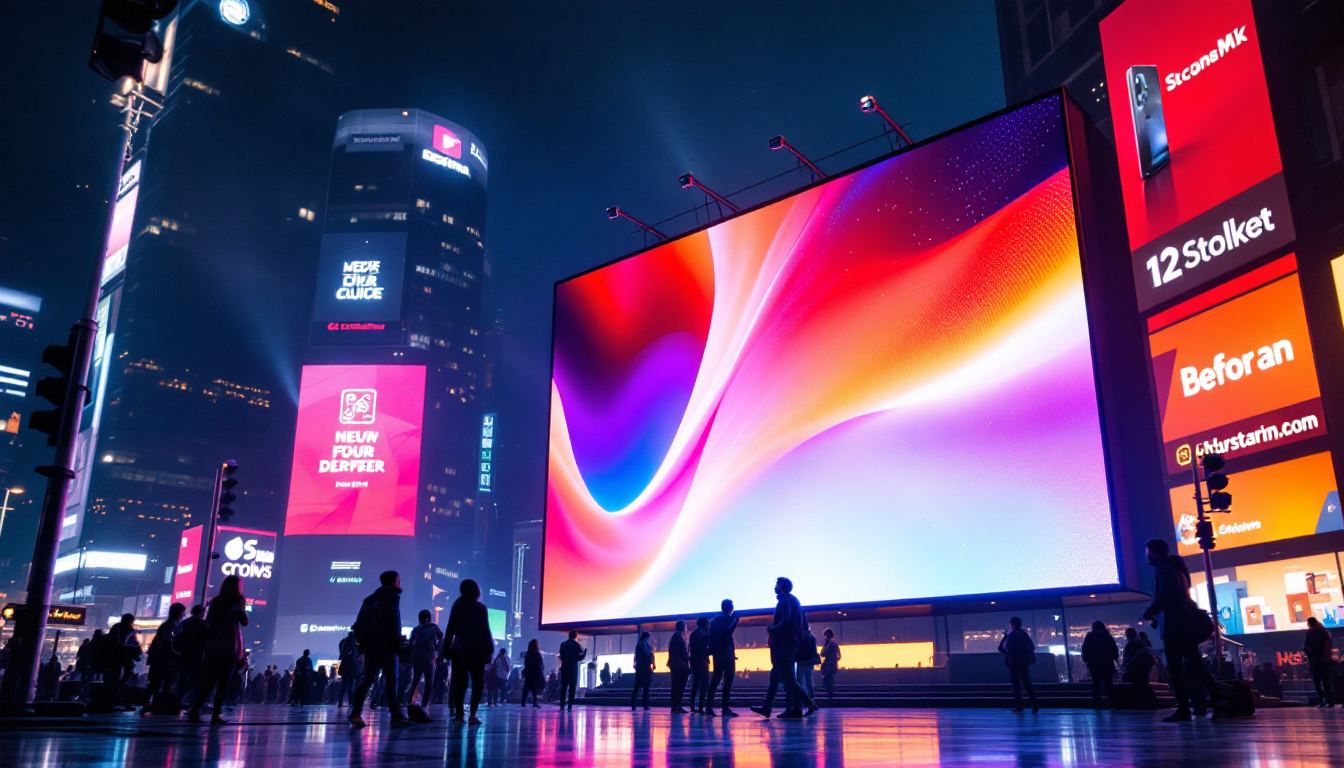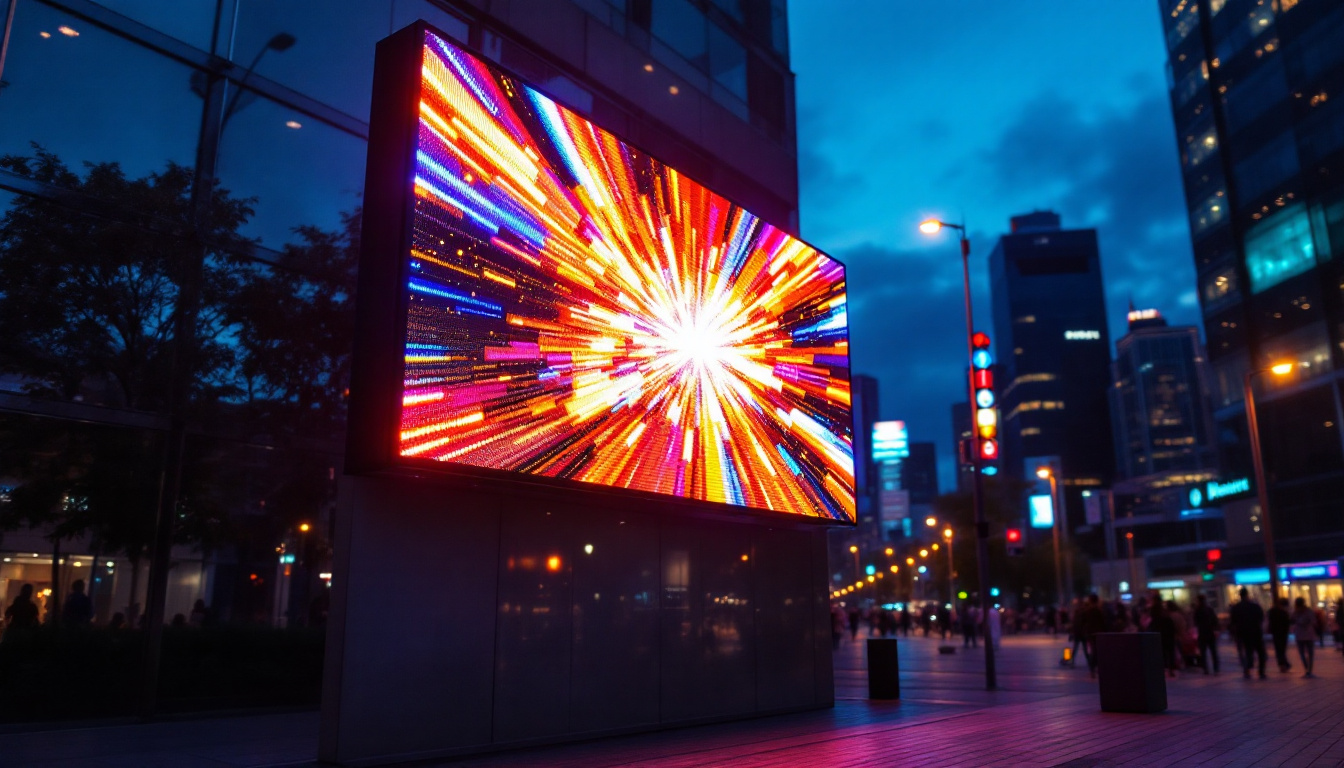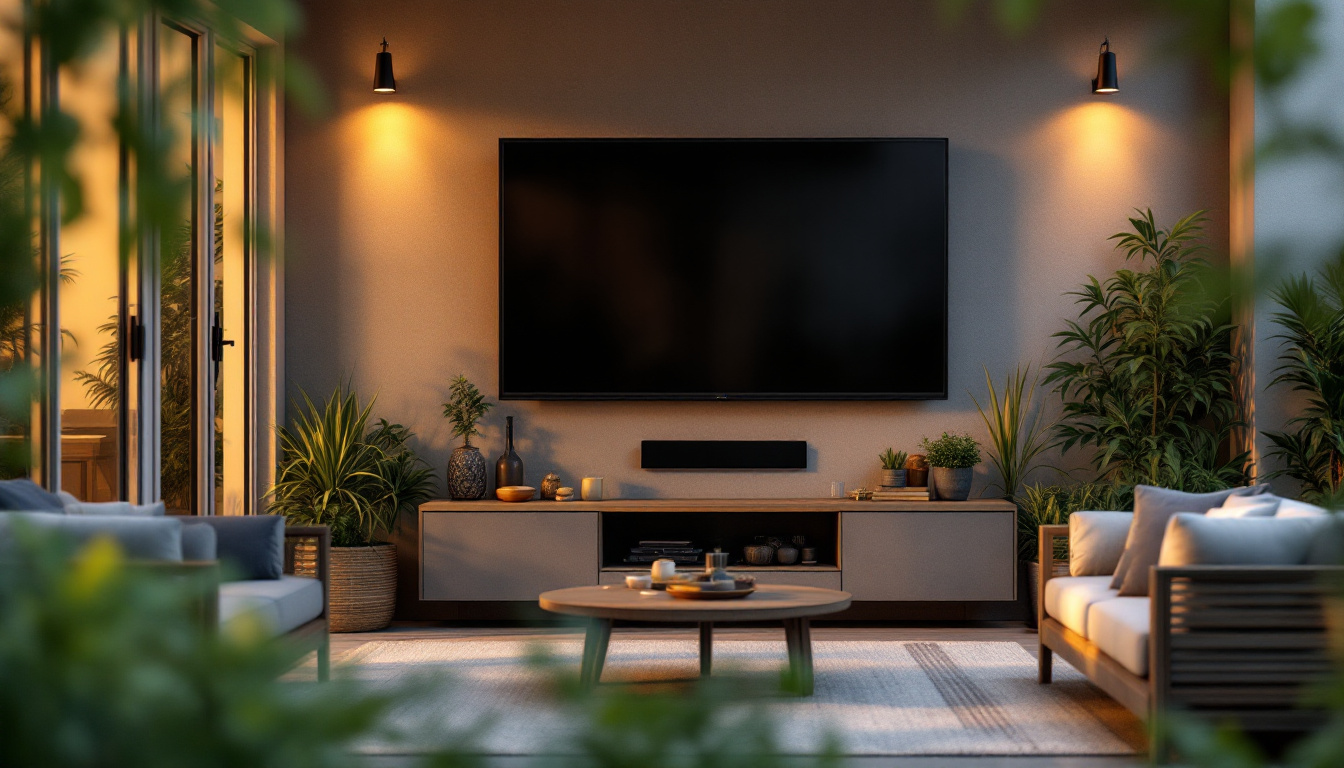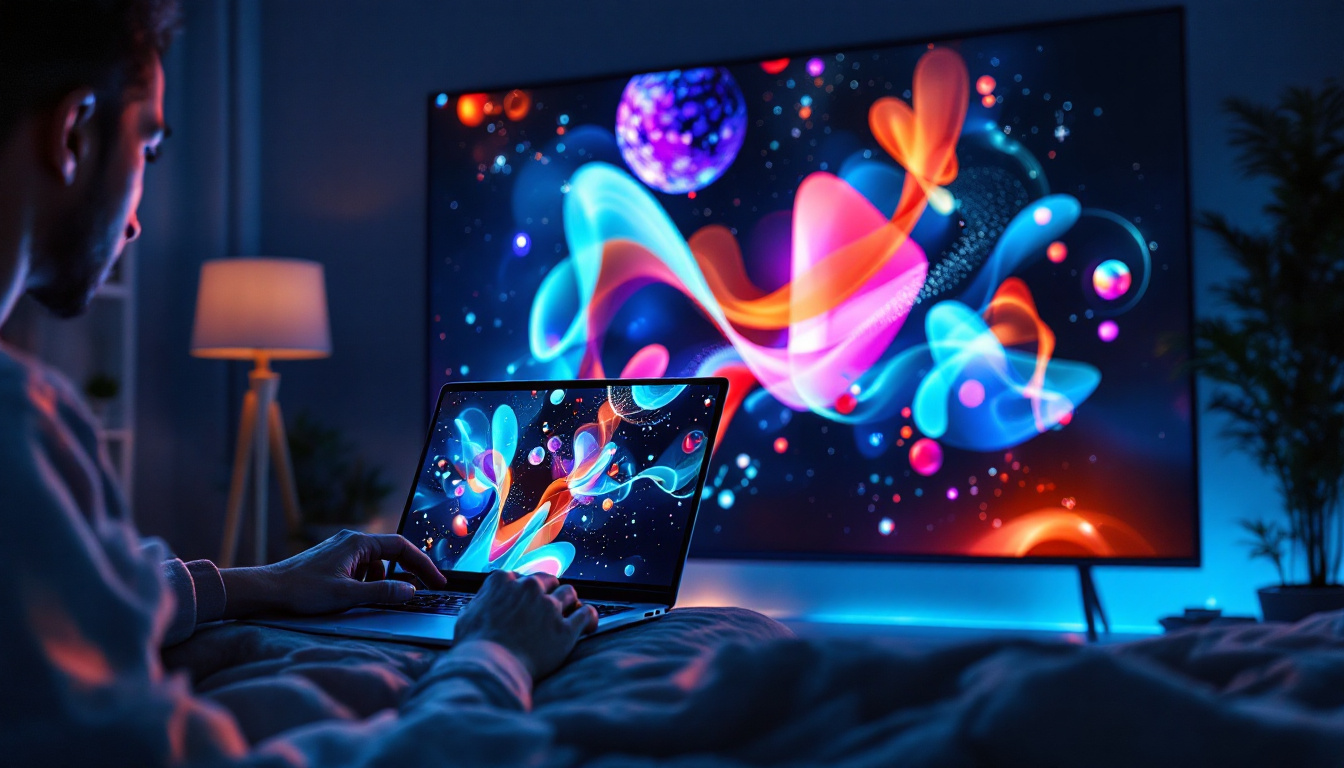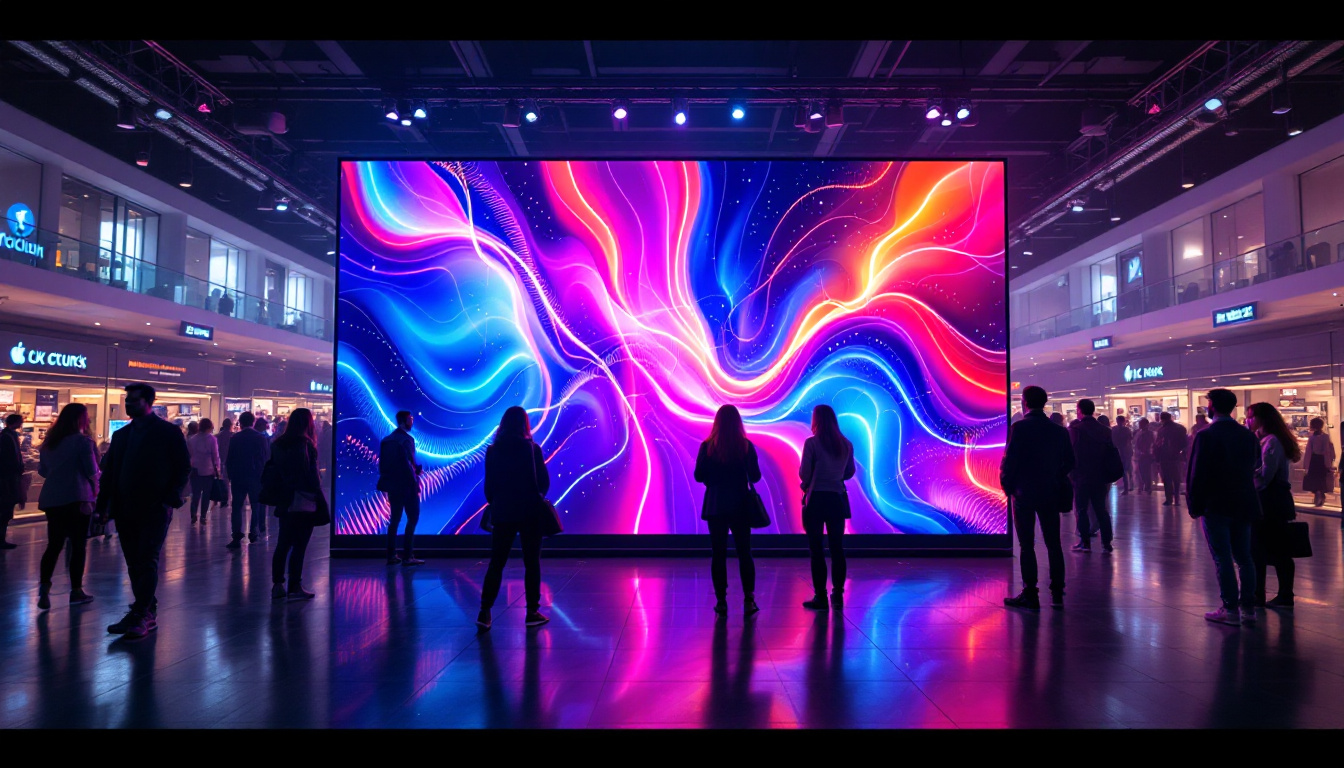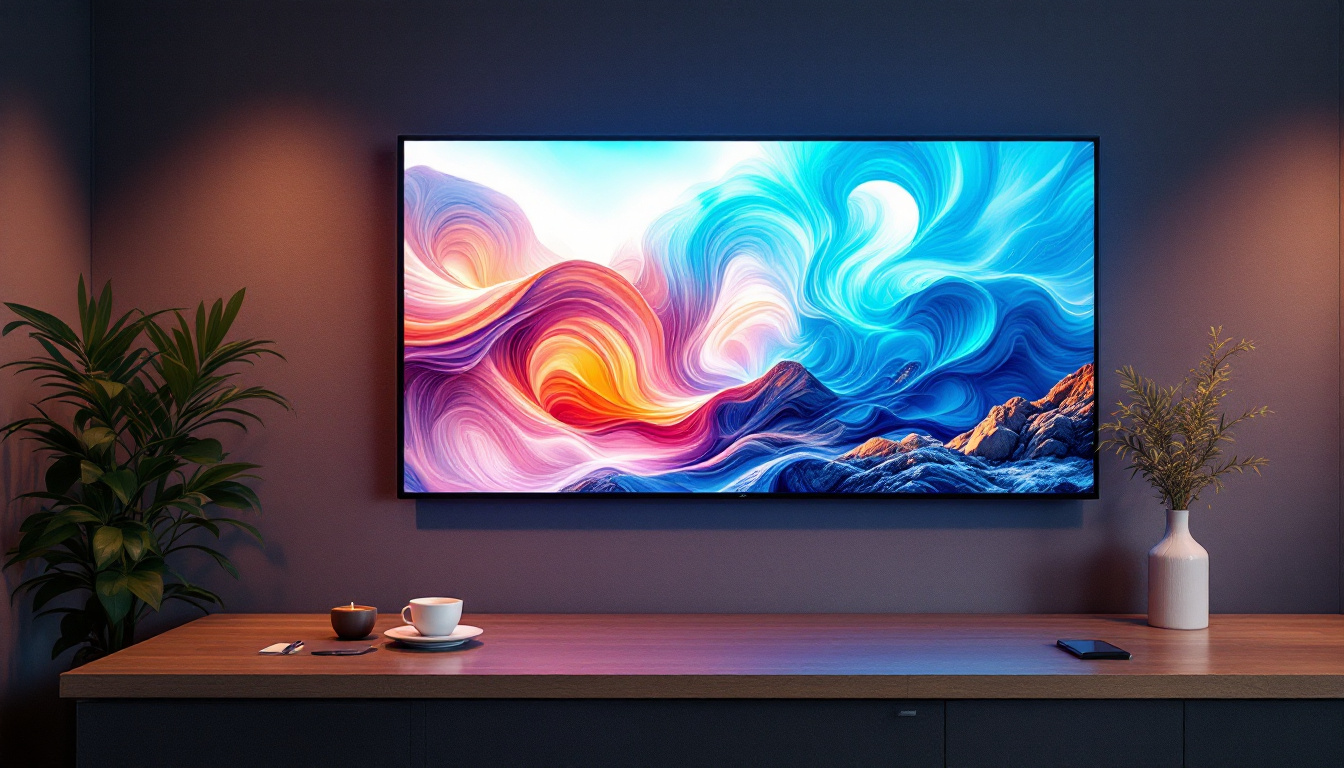In the realm of modern display technology, controller video walls have emerged as a powerful tool for visual communication. These systems, often composed of multiple LED displays, are utilized in a variety of settings, from corporate environments to entertainment venues. Understanding how these systems work and their benefits can help organizations make informed decisions about their visual display needs.
What is a Controller Video Wall?
A controller video wall is a large display system that consists of multiple screens arranged in a grid-like formation. The purpose of this configuration is to create a single large image or video that can be viewed from a distance. The individual screens are typically LED (Light Emitting Diode) displays, known for their brightness, color accuracy, and energy efficiency.
These video walls are controlled by a central processing unit, or controller, which manages the content displayed across the various screens. This allows for seamless integration of different media types, including videos, images, and live feeds, creating an engaging visual experience. The versatility of controller video walls makes them suitable for a wide range of applications, from corporate presentations to entertainment venues, where captivating visuals are essential for capturing audience attention.
Components of a Video Wall System
Understanding the components of a controller video wall is crucial for grasping how these systems function. The primary elements include:
- LED Displays: The screens that make up the wall, which can vary in size and resolution.
- Video Wall Controller: The central unit that processes and distributes the content to each screen.
- Mounting Structure: The framework that holds the screens in place, ensuring stability and alignment.
- Content Management Software: The software used to schedule and manage the content displayed on the video wall.
Each of these components plays a vital role in ensuring the video wall operates smoothly and effectively. The integration of high-quality LED displays with a powerful controller and robust software allows for a versatile and dynamic visual presentation. Additionally, advancements in technology have led to the development of ultra-thin bezels, which minimize the gaps between screens, providing a more cohesive and immersive viewing experience. This is particularly important in environments where visual impact is paramount, such as in museums or during live events.
Types of Video Walls
Video walls can be categorized based on their application and technology. Common types include:
- Indoor Video Walls: Typically used in corporate offices, retail spaces, and control rooms, these walls are designed for close viewing distances.
- Outdoor Video Walls: Built to withstand environmental factors, these displays are often used for advertising, events, and public information.
- Interactive Video Walls: Incorporating touch technology, these walls allow users to interact with the content, enhancing engagement.
Each type serves distinct purposes and is tailored to meet specific requirements, making it essential for organizations to choose the right type for their needs. For instance, outdoor video walls are engineered to be weather-resistant and often feature higher brightness levels to combat sunlight glare, ensuring that the displayed content remains visible even in bright conditions. On the other hand, interactive video walls are becoming increasingly popular in educational settings and trade shows, where user interaction can lead to a more memorable and informative experience. The choice of video wall type can significantly influence the effectiveness of communication and engagement strategies employed by businesses and organizations.
Benefits of Using LED Video Walls
LED video walls offer numerous advantages that make them an appealing choice for various applications. Their benefits extend beyond mere aesthetics, impacting functionality, engagement, and overall effectiveness.
High Visibility and Brightness
One of the standout features of LED technology is its exceptional brightness. LED displays can produce vivid colors and high contrast, making them easily visible even in brightly lit environments. This characteristic is particularly beneficial for outdoor applications, where sunlight can diminish the visibility of traditional displays.
The ability to maintain clarity and vibrancy in diverse lighting conditions ensures that the content displayed on a video wall captures the attention of viewers, whether they are in a bustling shopping mall or a corporate boardroom.
Scalability and Flexibility
Another significant advantage of LED video walls is their scalability. Organizations can start with a small setup and expand as their needs grow. This flexibility allows for the addition of more screens to create a larger display area without compromising quality.
Moreover, video walls can be configured in various shapes and sizes, accommodating different spaces and design preferences. This adaptability makes them suitable for a wide range of applications, from small conference rooms to large public venues.
Cost-Effectiveness
While the initial investment in a video wall may seem substantial, the long-term cost savings can be significant. LED displays are known for their energy efficiency, consuming less power than traditional display technologies. Additionally, their longevity reduces the frequency of replacements, further lowering overall costs.
Furthermore, the ability to update content remotely and dynamically means that organizations can keep their messaging fresh without incurring additional printing or production expenses.
Applications of Controller Video Walls
The versatility of controller video walls allows them to be utilized in a variety of settings, each with its unique requirements and goals. From corporate environments to public entertainment, the applications are vast and impactful.
Corporate Environments
In corporate settings, video walls serve as powerful tools for communication and collaboration. They can be used for presentations, video conferencing, and displaying important data in real-time. The ability to showcase multiple sources of information simultaneously enhances decision-making and keeps teams informed.
Moreover, video walls can be employed in lobbies and reception areas to create an impressive first impression. Displaying dynamic content such as company achievements, news, or promotional materials can engage visitors and enhance the corporate image.
Entertainment Venues
In the entertainment industry, video walls play a crucial role in enhancing the audience experience. Concerts, sporting events, and theaters utilize large LED displays to provide immersive visuals that complement performances. The ability to display high-resolution imagery and video enhances storytelling and captivates audiences.
Additionally, video walls are increasingly used in theme parks and attractions to create interactive experiences, drawing visitors into the narrative and encouraging engagement.
Public Information Systems
Public spaces, such as airports, train stations, and shopping centers, benefit from the implementation of video walls for information dissemination. These displays can provide real-time updates on schedules, directions, and advertisements, ensuring that visitors have access to essential information at all times.
The dynamic nature of video walls allows for quick updates and changes, making them ideal for environments where information is constantly evolving.
Challenges and Considerations
While the advantages of controller video walls are numerous, there are also challenges and considerations that organizations must address when implementing these systems. Understanding these factors can help ensure a successful deployment.
Installation and Maintenance
The installation of a video wall requires careful planning and execution. Proper alignment and calibration of the screens are essential to achieve a seamless visual experience. Organizations may need to engage specialized technicians to ensure that the installation is done correctly.
Maintenance is another critical aspect to consider. Regular checks and updates are necessary to keep the system running smoothly. Organizations should establish a maintenance schedule to address any potential issues before they escalate.
Content Management
Effective content management is vital for maximizing the impact of a video wall. Organizations must invest in robust content management software that allows for easy scheduling, updating, and monitoring of displayed content. The ability to create engaging and relevant content is crucial for maintaining viewer interest.
Additionally, organizations should consider the training of staff members who will be responsible for managing the video wall. Ensuring that they are proficient in using the software and understanding the technical aspects of the system will enhance overall effectiveness.
Future Trends in Video Wall Technology
The video wall industry is continuously evolving, with advancements in technology driving new trends and capabilities. Staying informed about these developments can help organizations leverage the latest innovations for their visual communication needs.
Higher Resolutions and Enhanced Displays
As technology advances, the demand for higher resolutions is increasing. Future video walls are expected to feature even sharper displays, with 8K and beyond becoming more common. This enhancement will allow for more detailed imagery and improved viewing experiences.
Additionally, advancements in display technology, such as MicroLED and OLED, promise to deliver even better color accuracy and contrast ratios, further elevating the quality of video walls.
Integration with AI and Analytics
Artificial intelligence (AI) and data analytics are set to play a significant role in the future of video walls. Organizations will be able to utilize AI-driven content management systems that can analyze viewer engagement and preferences, allowing for more targeted and effective messaging.
Furthermore, integrating analytics into video wall systems will enable organizations to measure the impact of their displays, providing valuable insights into viewer behavior and preferences.
Conclusion
Controller video walls represent a powerful tool for visual communication, offering numerous benefits across various applications. Their high visibility, scalability, and cost-effectiveness make them an attractive choice for organizations looking to enhance their messaging and engagement.
While challenges exist in terms of installation, maintenance, and content management, these can be effectively addressed with proper planning and investment. As technology continues to evolve, the future of video walls looks promising, with advancements in resolution, display technology, and AI integration paving the way for even more innovative applications.
For organizations considering a video wall solution, understanding the intricacies of these systems is essential for making informed decisions and maximizing the impact of their visual communication strategies.
Discover LumenMatrix’s Advanced LED Display Solutions
Ready to elevate your visual communication with the latest in LED display technology? Look no further than LumenMatrix. Our comprehensive range of solutions, from Indoor and Outdoor LED Wall Displays to innovative Custom and All-in-One LED Displays, is designed to captivate your audience and amplify your message. Experience the future of digital signage with LumenMatrix and transform your space into a dynamic visual environment. Check out LumenMatrix LED Display Solutions today and see the difference cutting-edge technology can make.


